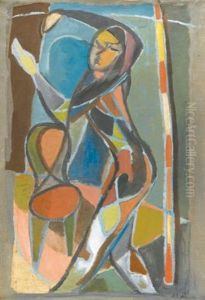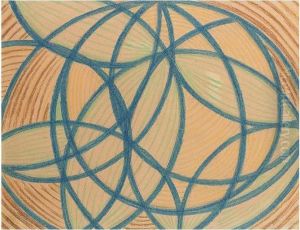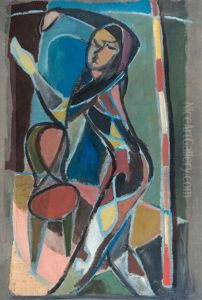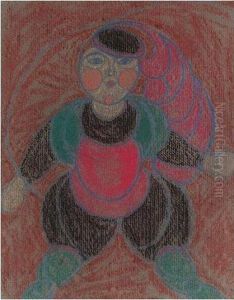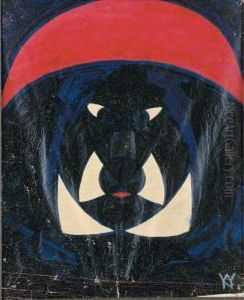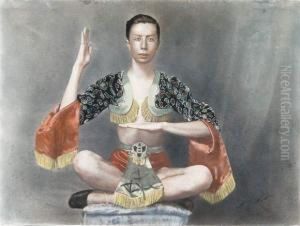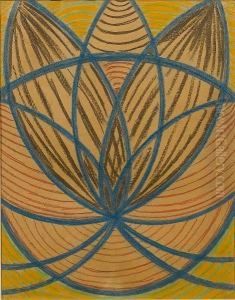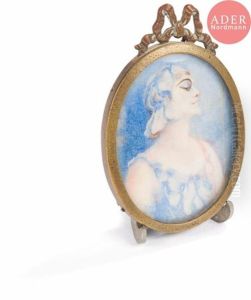Vaslav Fomich Nijinsky Paintings
Vaslav Fomich Nijinsky was one of the most celebrated male dancers of the early 20th century, as well as a choreographer of genius, whose innovative movements and depth of artistic expression revolutionized the world of ballet. Born on March 12, 1890, in Kiev, Russian Empire (now Ukraine), Nijinsky came from a Polish family of dancers. His parents were both dancers, and his talent for dance was evident from a young age.
Nijinsky attended the Imperial Ballet School in St. Petersburg, where he excelled due to his extraordinary abilities in dance, particularly his legendary leap and powerful stage presence. Upon graduating in 1907, he joined the Mariinsky Theatre, where he quickly rose to prominence as a soloist.
The turning point in Nijinsky's career came when he met Sergei Diaghilev, the impresario who founded the Ballets Russes. Diaghilev became Nijinsky's mentor and lover, taking him to Paris where the Ballets Russes was based. Nijinsky became the star of the company, astounding audiences with his performances in ballets such as 'Giselle', 'Le Pavillon d'Armide', and 'Le Spectre de la Rose'. His role in the controversial 'Afternoon of a Faun' (1912), which he also choreographed, caused a sensation with its erotic overtones and departure from classical ballet norms.
Nijinsky's choreography was highly innovative; he sought to break free from the constraints of traditional ballet and explore new realms of movement and expression. His other major choreographic works include 'Jeux' (1913) and 'The Rite of Spring' (1913), the latter causing a riot at its premiere due to its avant-garde music, composed by Igor Stravinsky, and its radical choreographic language.
Unfortunately, Nijinsky's career was short-lived. His relationship with Diaghilev was tumultuous, and after he married Romola de Pulszky in 1913, Diaghilev dismissed him from the Ballets Russes. Nijinsky attempted to continue his dance career independently but was soon overtaken by mental health issues. In 1919, he was diagnosed with schizophrenia and spent the rest of his life in and out of psychiatric hospitals and asylums.
Vaslav Nijinsky's last public performance was in 1917. Despite his mental illness and the subsequent end of his dance career, his influence on the art of ballet and modern dance remains profound. He died on April 8, 1950, in London, after spending the last three decades of his life in relative obscurity but not forgotten by the dance world. His artistry is captured in the many photographs and reviews of his performances, as well as in the memories of those who witnessed his brilliance on stage. Nijinsky's life has been the subject of numerous biographies, films, and documentaries, cementing his legacy as one of the greatest dancers in the history of ballet.
